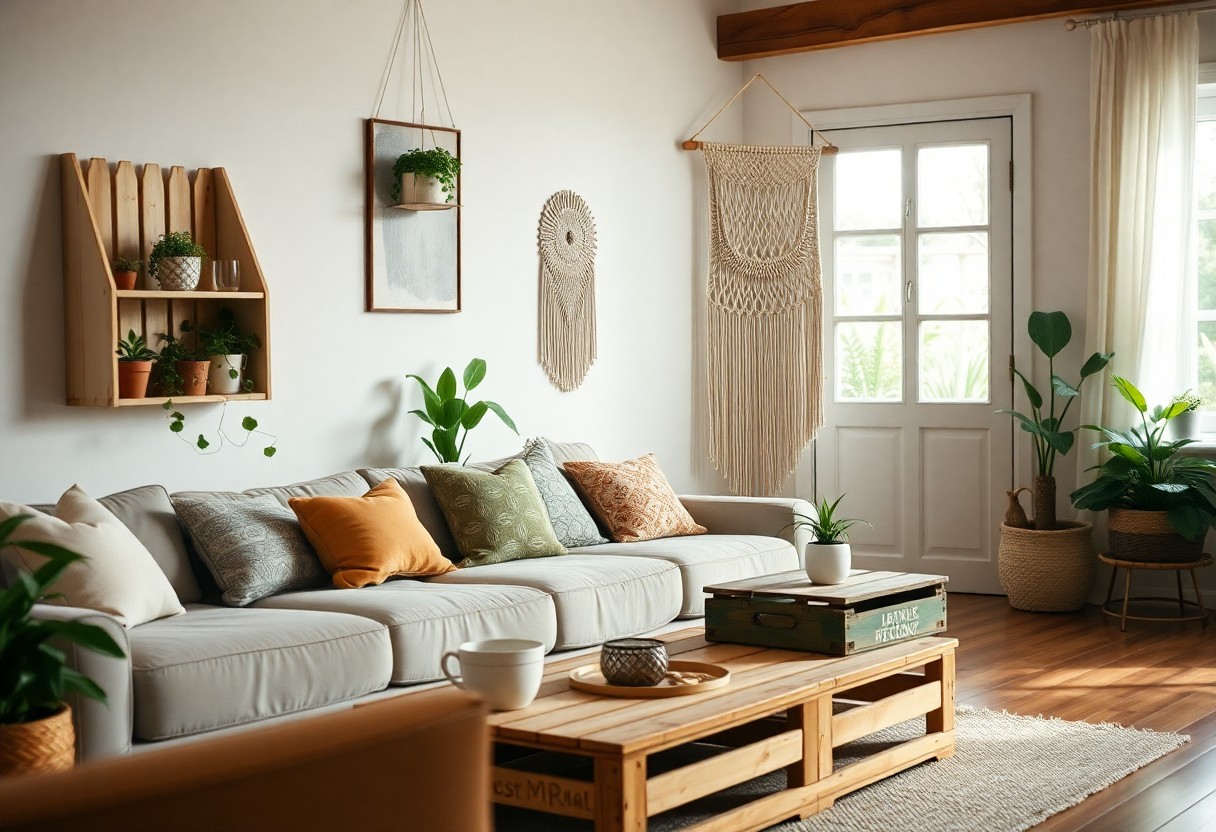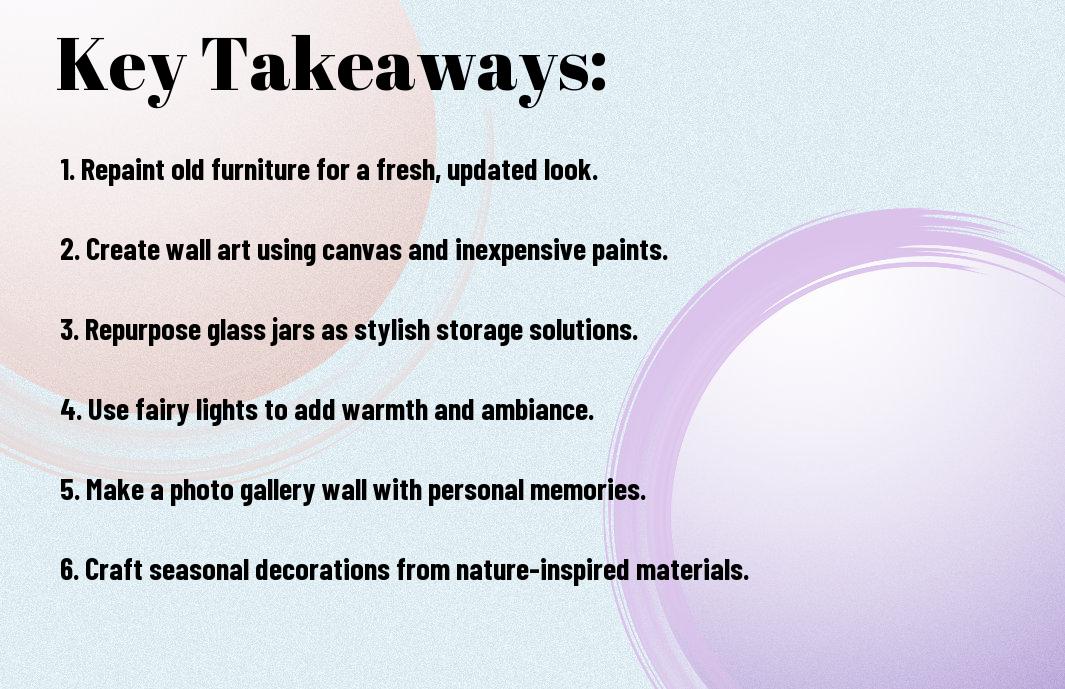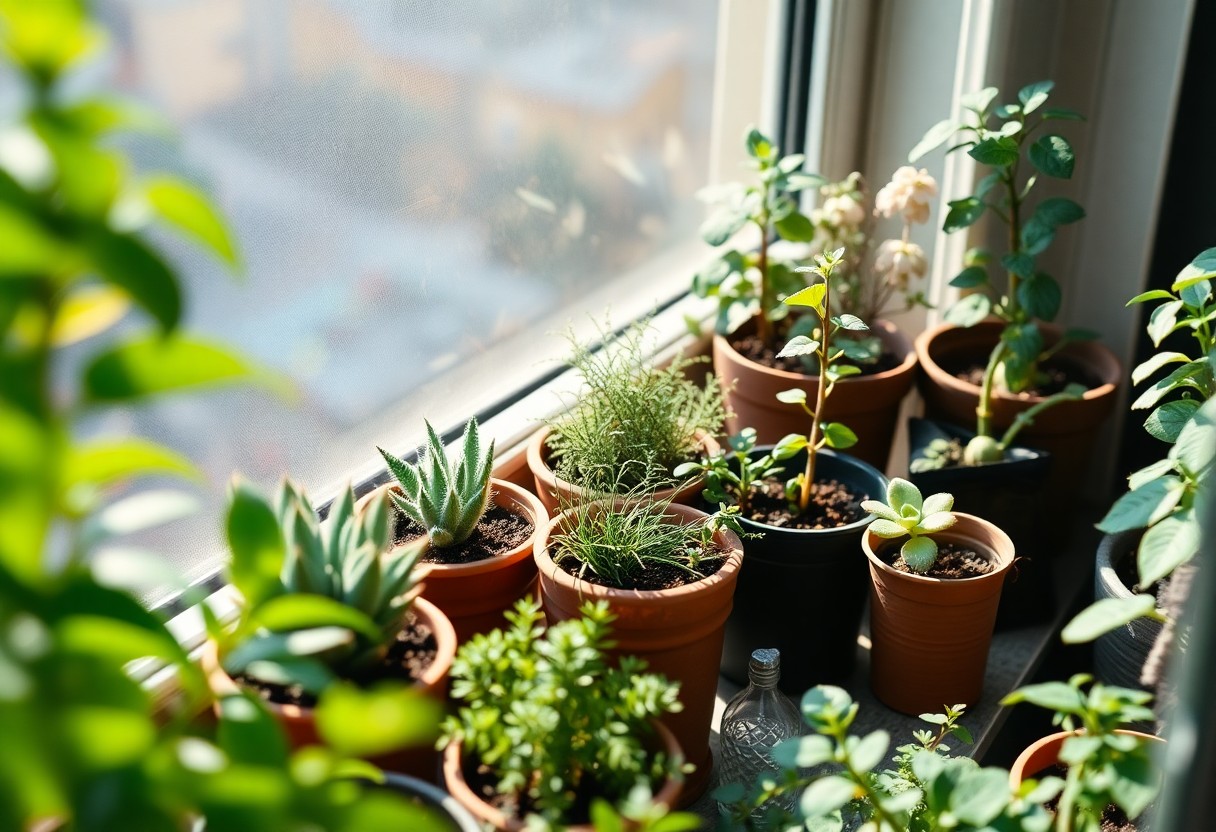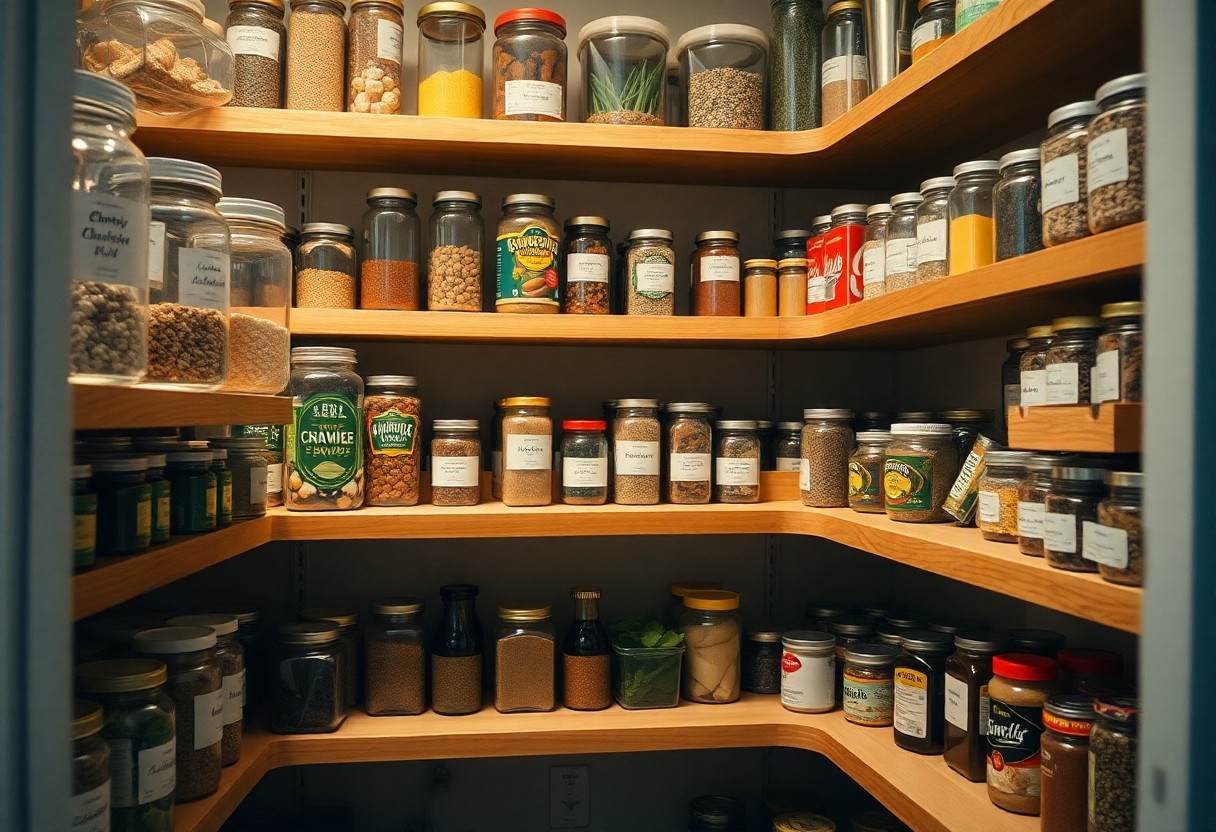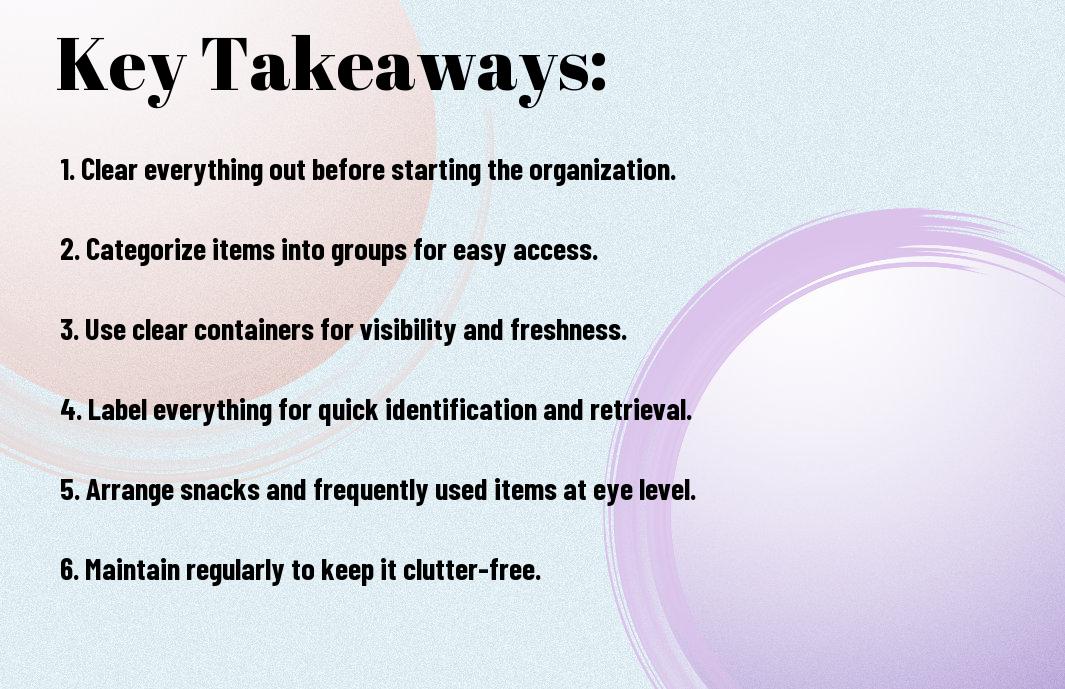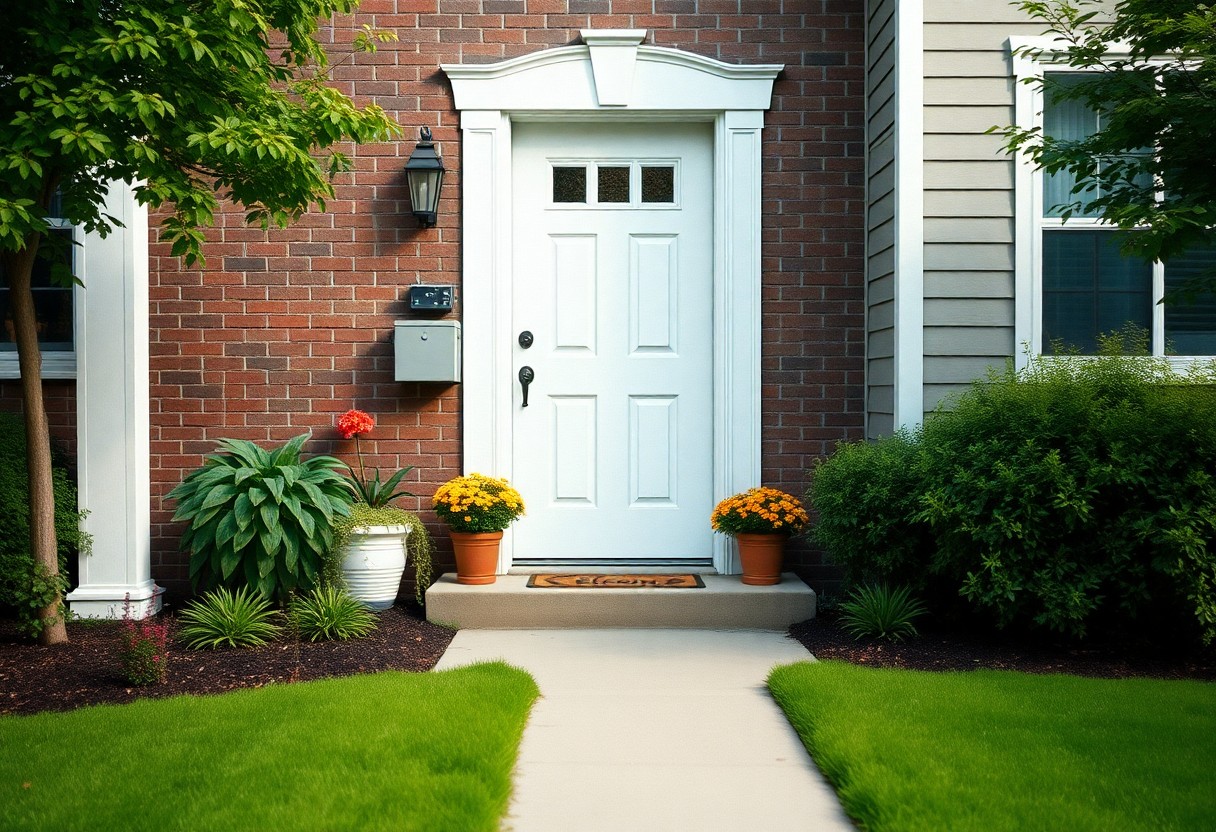To build a successful raised garden bed, consider the following points:
- Choose the right materials, such as wood or composite, that are durable and can withstand various weather conditions.
- Consider the drainage system to ensure that excess water can escape and prevent waterlogged soil, which can harm plants.
- Plan the layout and size of the bed according to the space available and the type of plants you want to grow, taking into account their growth habits and spacing needs.
Planning Your Garden
Your garden’s success begins with careful planning, considering the space, sunlight, and purpose of your raised bed, allowing you to create a thriving oasis that brings you joy and fulfillment.
Choosing the Right Location
Gently survey your yard, taking note of the areas that receive the right amount of sunlight and are level, ensuring your raised bed will be situated in a spot that nurtures growth and serenity.
Selecting the Perfect Size and Shape
Amidst the excitement of planning, consider the space available and the style of your garden, allowing you to choose a size and shape that complements your outdoor space and meets your needs.
To determine the ideal size and shape, consider the types of plants you want to grow, the amount of time you have to maintain your garden, and the aesthetic you desire, guiding you to create a raised bed that is both functional and beautiful, reflecting your connection to nature.
Materials and Tools
There’s a list of necessary items you’ll need to build a raised garden bed, and it’s important to gather them before you start your project. You’ll need lumber, soil, and gardening tools to create a thriving garden.
Lumber and Soil Options
Among the many options for lumber, you’ll find that cedar and recycled plastic are popular choices for raised garden beds, as they are durable and resistant to rot. You’ll also need to select a type of soil that suits your plants’ needs, considering factors like drainage and nutrient content.
Essential Gardening Tools
One of the most important aspects of gardening is having the right tools, and for a raised garden bed, you’ll need a shovel, trowel, and rake to prepare and maintain the soil. These tools will help you create a beautiful and productive garden.
Soil preparation is just the beginning, and with your necessary gardening tools, you’ll be able to tend to your garden with ease, watering, weeding, and harvesting your crops as they grow, allowing you to connect with nature and enjoy the fruits of your labor, as you nurture your raised garden bed into a thriving oasis.
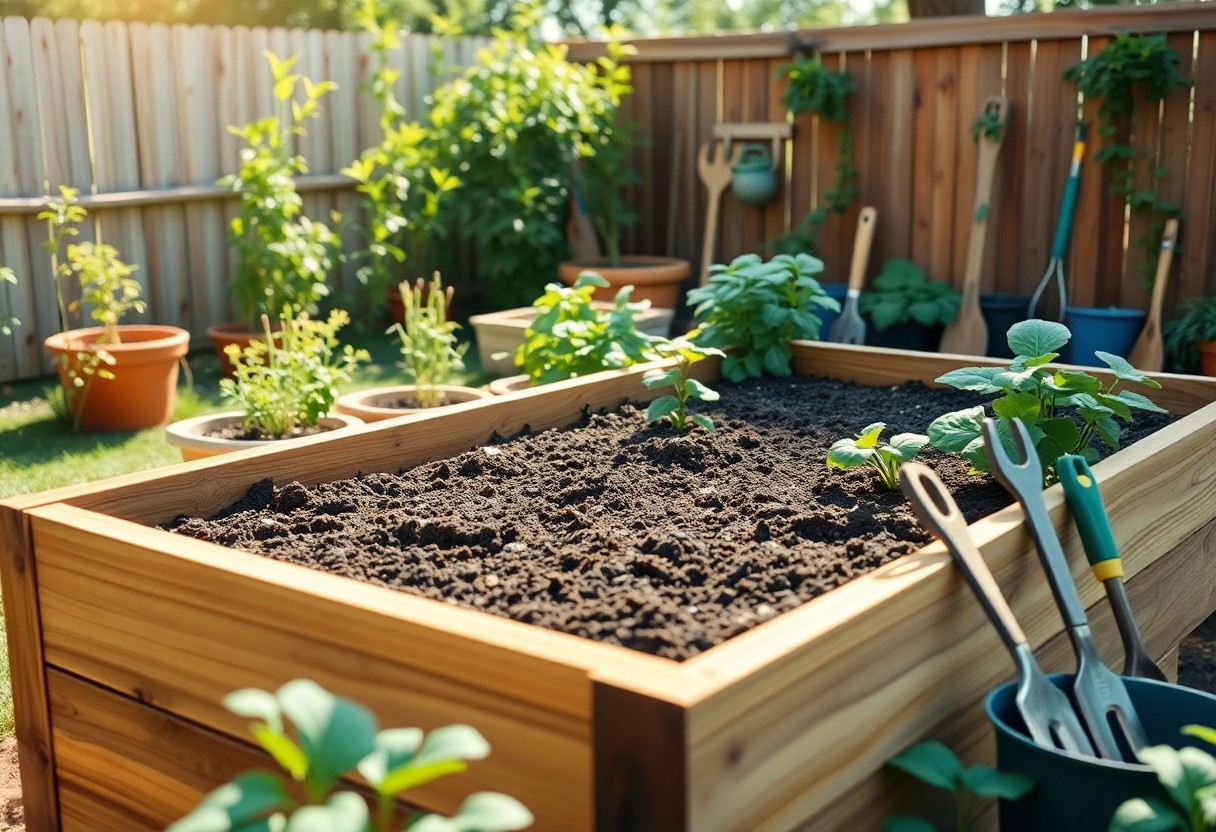
Building the Frame
Keep in mind that a sturdy frame is necessary for your raised garden bed. You can find inspiration and guidance on How to Build a Raised Garden Bed for Under $50 to help you get started.
Assembling the Frame
About to begin assembling the frame, you will need to gather all the necessary materials and tools, and lay out your design to ensure a seamless process.
Securing the Corners
After assembling the frame, you will need to secure the corners to provide stability and prevent the frame from shifting over time.
Due to the importance of a stable frame, you should take your time when securing the corners, making sure they are tight and even, allowing your raised garden bed to thrive in its new home, surrounded by nature’s beauty.
Filling and Planting
Now that your raised garden bed is built, you can start filling and planting it, just like you learned in our guide on How to Build Raised Garden Beds. You’re one step closer to enjoying your own homegrown produce.
Adding Soil and Compost
By following the basics of soil composition, you’ll be able to create a thriving environment for your plants, with a mix of topsoil, compost, and other nutrients to support healthy growth.
Planting Your Favorite Vegetables or Flowers
Below the surface of your carefully prepared soil, your seeds or seedlings will take root, and with proper care, will flourish into a vibrant and diverse garden, full of your favorite vegetables or flowers.
And as you plant, consider the unique needs of each variety, taking care to space them appropriately and provide the right amount of sunlight and water, allowing you to tend to your garden with the gentle touch of a nurturing spirit, coaxing life and beauty from the earth.
Maintenance and Care
All raised garden beds require regular maintenance to ensure optimal growth and health. You will need to check your bed regularly to ensure it is well-watered and free of debris.
Watering and Mulching
Along with proper drainage, watering and mulching are imperative for maintaining a healthy raised garden bed. You should water your plants when the soil feels dry to the touch, and add a layer of mulch to retain moisture and suppress weeds.
Managing Pests and Diseases
At the first sign of trouble, take action to manage pests and diseases in your raised garden bed. You should inspect your plants regularly for signs of damage or infection, and take steps to address any issues promptly.
Pests and diseases can quickly spread and damage your plants if left unchecked. You should consider using natural methods to control pests, such as introducing beneficial insects or using homemade pest sprays, and take steps to prevent the spread of disease, such as removing infected plants and improving air circulation around your bed.
Tips and Variations
Not all raised garden beds are created equal, and you can tailor yours to your needs. Consider the following:
- using recycled materials
- incorporating a self-watering system
. After you’ve built your bed, you can start planting and enjoying your harvest.
Adding Decorative Elements
With a few simple additions, you can turn your raised garden bed into a beautiful outdoor space. You can add a bench, a small fountain, or some solar-powered lights to create a welcoming ambiance.
Creating a Trellis or Arbor
By adding a trellis or arbor, you can provide support for climbing plants and add visual interest to your garden. You can use wooden or metal frames, and train your plants to grow up or across them.
Decorative elements like a trellis or arbor can enhance the beauty of your raised garden bed. As you build your trellis or arbor, consider the type of plants you want to grow, and choose a design that will complement their growth habits. You can also add other decorative elements, like a small gate or a decorative stone path, to create a unique and inviting space that reflects your personal style.
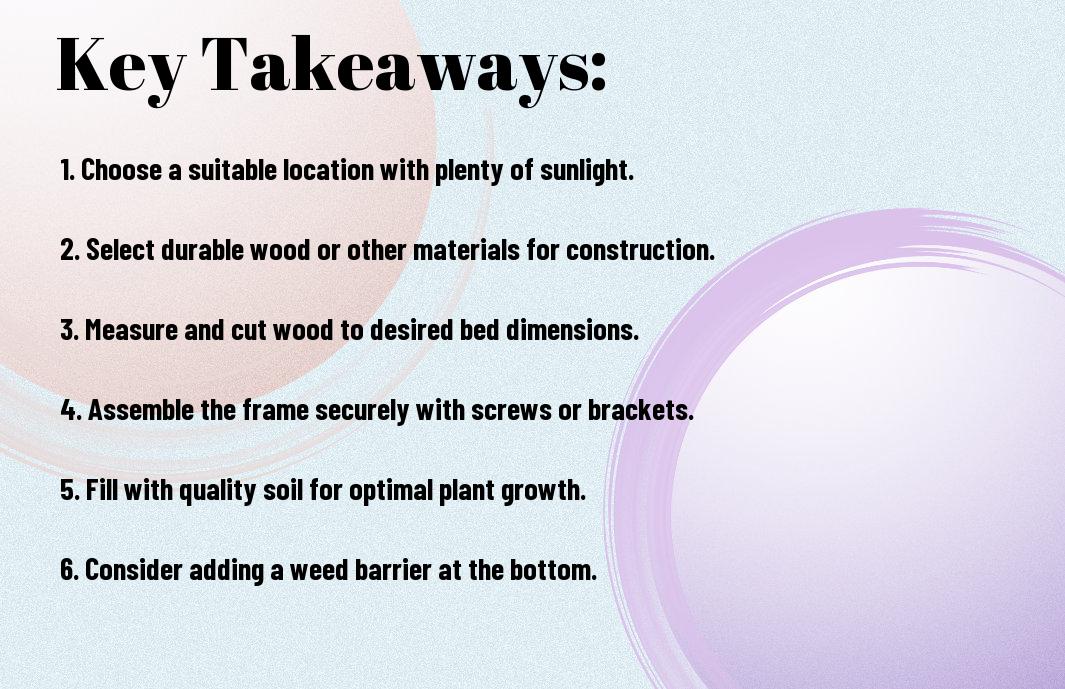
Final Words
On the whole, you have now learned to build a raised garden bed, cultivating your own slice of nature. As you tend to your garden, you will find solace in the simple act of nurturing your plants. Your hands will touch the earth, and your spirit will connect with the land. You will harvest not only fresh produce, but also a deeper appreciation for the beauty of simplicity and the joy of growing your own food.
FAQ
Q: What materials do I need to build a raised garden bed?
A: To build a raised garden bed, you will need several materials, including lumber for the frame, soil, compost, and a liner to prevent weeds and retain moisture. The type of lumber you choose will depend on your budget and personal preferences, but popular options include cedar, recycled plastic, and composite materials. You will also need a variety of tools, such as a saw, drill, and hammer, to assemble the frame and prepare the soil.
Q: What is the ideal size for a raised garden bed?
A: The ideal size for a raised garden bed will depend on the space available and the type of plants you plan to grow. Generally, a bed that is 4-6 feet wide and 8-12 feet long is a good size, as it allows for easy access and can accommodate a variety of plants. However, you can build a raised bed to fit any size or shape you need, from a small herb garden to a large vegetable garden. Consider the mature size of the plants you want to grow and leave enough space for proper air circulation and growth.
Q: How high should my raised garden bed be?
A: The height of your raised garden bed will depend on your personal preferences and the type of plants you plan to grow. A height of 6-8 inches is a good starting point, as it provides enough depth for roots to grow and makes it easy to access the bed. However, if you plan to grow deep-rooted plants, such as carrots or potatoes, you may want to build a taller bed, up to 12 inches high. Consider the mobility and accessibility needs of the gardeners who will be using the bed, as well.
Q: What type of soil should I use in my raised garden bed?
A: The type of soil you use in your raised garden bed will depend on the type of plants you plan to grow and the climate you are in. A well-draining mix of topsoil, compost, and perlite or vermiculite is a good starting point, as it provides a balance of nutrients and water-holding capacity. You can also add organic matter, such as manure or peat moss, to improve the soil’s structure and fertility. Consider getting a soil test to determine the pH and nutrient levels of your soil and adjust accordingly.
Q: How do I maintain my raised garden bed over time?
A: To maintain your raised garden bed over time, make sure to water and fertilize your plants regularly, and add organic matter to the soil as needed. You should also mulch around the plants to retain moisture and suppress weeds, and consider using a trellis or other support system for climbing plants. Additionally, check the bed regularly for signs of pests or diseases, and take action promptly if you notice any problems. By following these tips, you can keep your raised garden bed healthy and productive for years to come.
